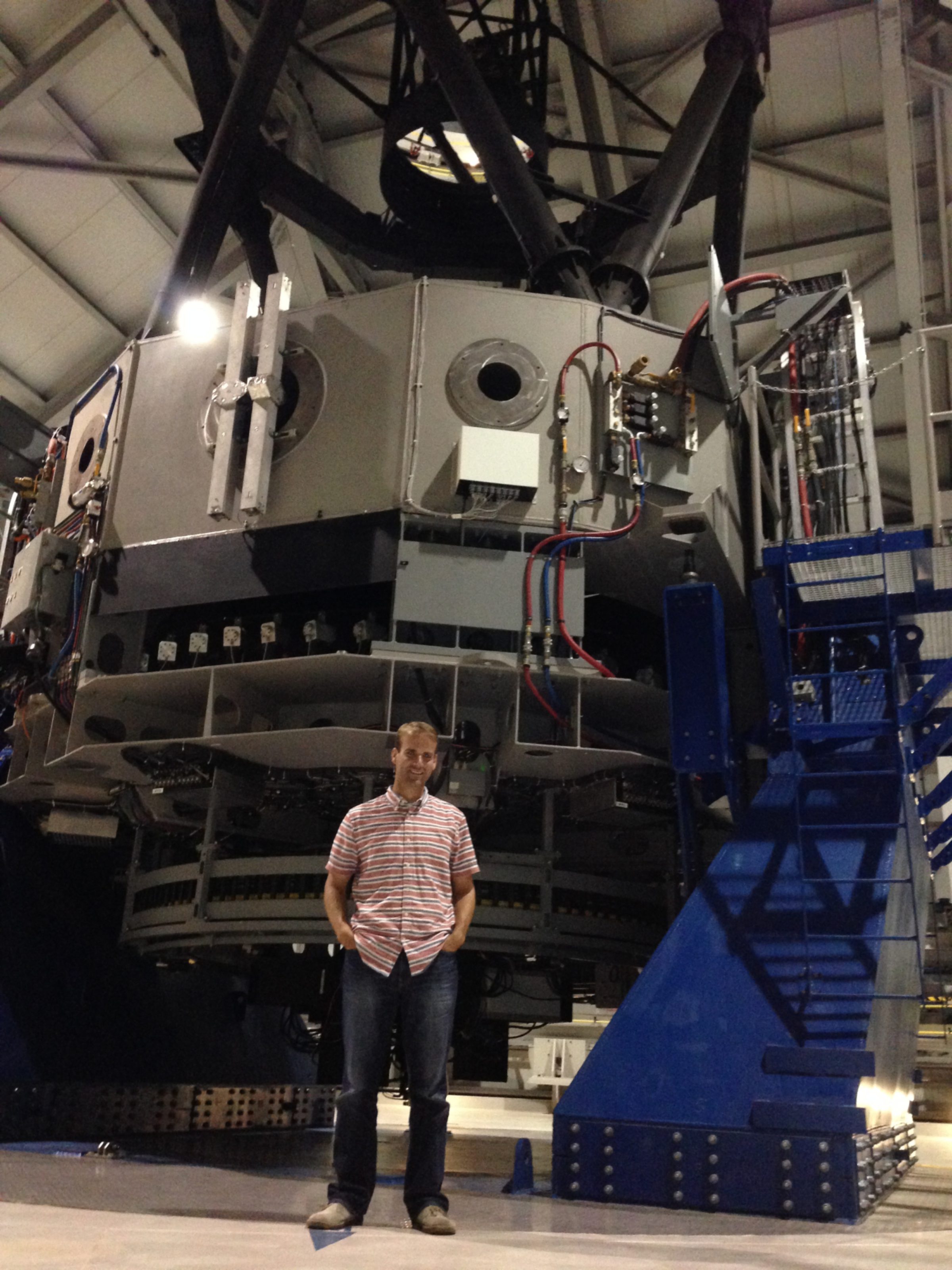Bruce Betts • Sep 26, 2014
Using Lasers to Lock Down Exoplanet Hunting
The Planetary Society is launching a new collaboration with Yale exoplanet hunter Debra Fischer and her team, the Exoplanets Laser project. We will support the purchase of an advanced, ultra stable laser to be used in a complex system they are designing to push radial velocity exoplanet hunting to a whole whole new level – a level intended to facilitate the discovery of Earth sized planets around nearby stars. As Debra says:
“The search for exoplanets is motivated by the question of whether life exists elsewhere. This drives our interest in the detection of planets that are similar to our own world: rocky planets with the potential for liquid surface water and plate tectonics; worlds that might harbor life that we can recognize.”
Finding Earth sized planets around other stars is extremely hard, to say the least. The radial velocity technique measures the tiny wobble induced in a star by planets gravitational tug. For an Earth like planet in a habitable zone (where liquid water may be stable on the surface) of a star, the velocity changes induced in the parent star are on the order of 10 centimeters per second. Right now, radial velocity precision allows measurements of closer to 1 meter per second. What is needed to improve precision that much is a very complex system with many parts. One set of those parts is just involved with calibration: making sure you are measuring the same thing night after night, e.g., that what you record as a specific wavelength in 2014 measures as the same wavelength years from now so you can compare the data and know you are looking at real signal, not just imprecise measurement variations. Team member and Yale postdoctoral fellow Tyler McCracken said:
“In order to improve the radial velocity method to the precision needed to detect true Earth-analogs, a wavelength calibration method is needed that is more precise than anything that currently exists. We rely on this calibration to obtain nightly measurements and map out the wobble of the star over multiple years. This translates to a requirement for wavelength calibration that is stable over decades. Our solution to this problem is to lean on technology developed in other fields (namely atomic, molecular, and optical physics) and to tune their techniques to meet our requirements.”

That is what they are doing. They have built a prototype in their lab at Yale. But, now they need to upgrade to a more stable, more professional laser to get to the precision they need. That is where we come in. Once we support the laser they can integrate it into their system and build a true science instrument, not just a prototype. Once it is thoroughly tested and understood, it will be combined with their other new development, the EXPRES spectrometer (funded by NSF), and that whole system and more will be moved to the Discovery Channel 4.3 meter Telescope in Arizona and the search will begin of hundreds of relatively nearby stars for Earth analog planets. Debra says:
“Importantly, we will need to discover not just a few, but hundreds of these worlds to eventually gain a statistical understanding of whether life is rare, common, or ubiquitous and ground-based telescopes offer an ideal platform for carrying out decade-long surveys. It is critical for follow-up studies (imaging, atmospheric studies) that these planets orbit nearby stars.”
The search won’t be easy and will take many years since you need to see the planets through multiple orbits. But, that is why an incredibly stable and precise calibration system is needed.

How the calibration system works:
The wonderfully complex name of the wonderfully complex system is a “Fabry-Perot frequency comb with triple lock stability” (insert Tim Allen grunting sounds here). It basically uses a series of things to lock your wavelength/frequency calibration down. Though we often think of lasers as being one wavelength, and for most purposes that is good enough, in reality, they have different modes each with a slightly different wavelength/frequency, and each of those has a bandwidth—range of wavelength/frequency. With the right laser, one can actually use the different modes, to do “mode-locking” and create a very stable adjustable wavelength. One “locks” the laser wavelength/frequency through more technical magic to a very well known wavelength standard, in this case a “hyperfine atomic transition” created absorption line of a known material.
But, you need wavelength calibration points at lots of wavelengths covering the range of your spectrometer. This laser has intentionally been selected to be near the center of the EXPRES spectrometer at around 650 nanometers which is red light. That helps. But then, one uses another kind of magical gizmo fun: a Fabry-Perot frequency comb. Excellent for combing hair (not really), this uses a series of reflections and transmissions through partially transparent mirrors to filter white light and transmit only a set of evenly spaced (in frequency) light, which gives a number of frequencies you can compare your data to if you calibrate your frequency comb by locking one of its transmissions to the really precise wavelength of light coming out of your magic mode locked laser. Simple, huh?
Not simple perhaps, but it should be effective. Learn more about the system on our newly revised exoplanets web pages, where you can also learn about other exoplanets projects we have supported. Speaking of support, help support the Exoplanets Laser.
Help The Planetary Society support the hunt for Exoplanets:
The Time is Now.
As a Planetary Defender, you’re part of our mission to decrease the risk of Earth being hit by an asteroid or comet.
Donate Today

 Explore Worlds
Explore Worlds Find Life
Find Life Defend Earth
Defend Earth

